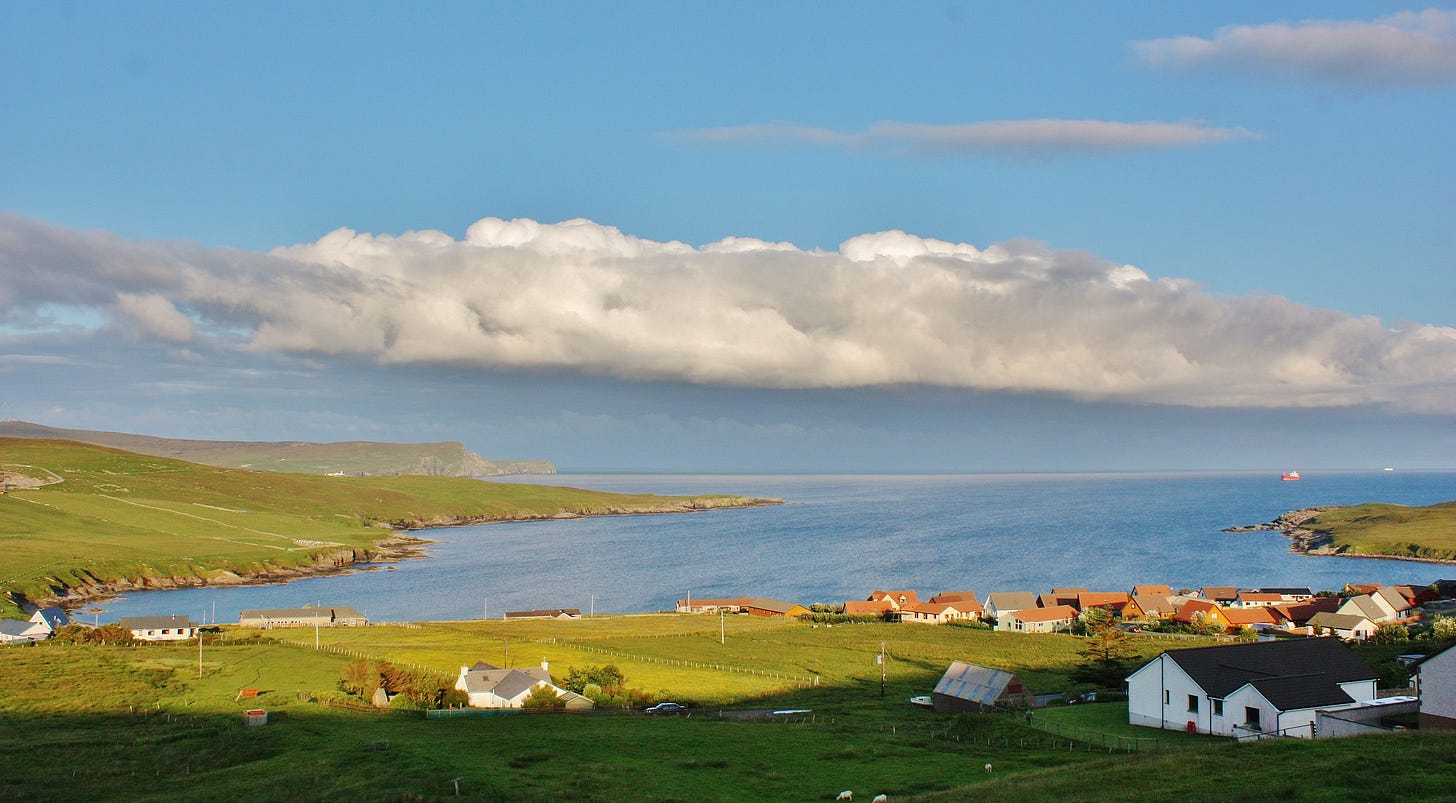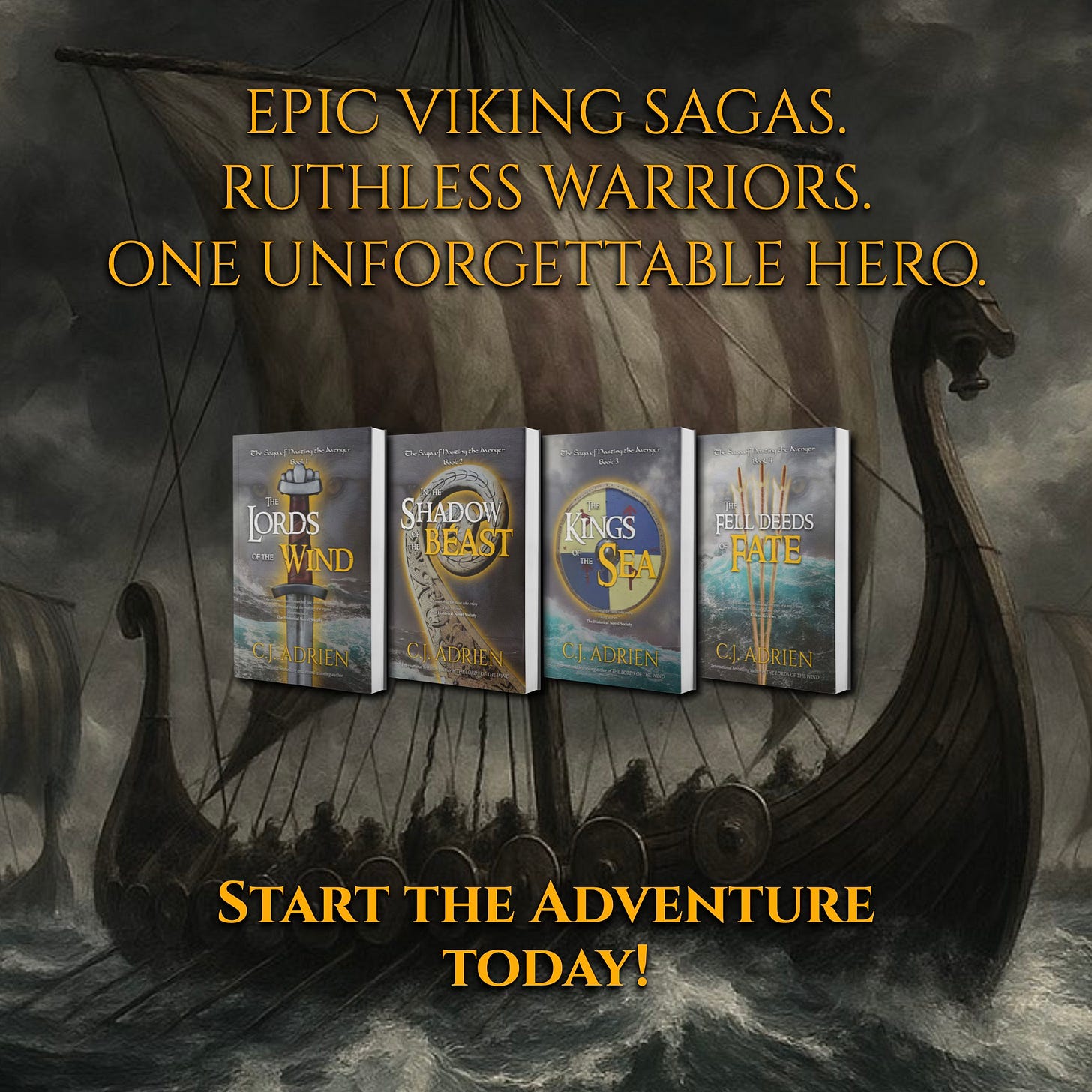When Vikings Saved Lives: How a DNA Project Uncovered a Hidden Health Crisis
How a genetic ancestry study in Shetland uncovered a hidden cancer risk—and changed lives in the process.
In a remote corner of Scotland’s northern isles, an ambitious genetics project set out to explore Viking ancestry. What it uncovered may have saved several lives.
The Viking Genes Project, led by the University of Edinburgh, began as a way to explore how Norse ancestry influenced the gene pool of Shetlanders and Orcadians—two island populations with deep Viking roots. But while collecting DNA data, researchers stumbled upon something unexpected: multiple carriers of a rare BRCA2 gene variant (c.517-2A>G), concentrated among people with ancestry from Whalsay, Shetland.
This particular mutation significantly increases the risk of breast, ovarian, and prostate cancers. For one participant, the discovery of this variant during the study led to early intervention and treatment—a life potentially saved not by modern medicine alone, but by an investigation into the genetic echo of the Viking Age.
The study, published in the European Journal of Human Genetics, found that over 90% of pathogenic BRCA alleles in the Northern Isles could be traced to just two founder mutations. This suggests a shared genetic legacy tied to small, interrelated communities descended from Norse settlers. Thanks to this research, the local health board is now exploring population-wide genetic screening in the Isles—a proactive step that could prevent future cancer cases.
My Take
People often ask me, “Why study the Viking Age?” The implication, of course, is that it's a dusty corner of history best left to academics and cosplay enthusiasts. But this is one more powerful answer to that question. When we study the past, we don’t just look backward—we often find ourselves peering into the future.
Just as studying the cosmos has yielded innovations in GPS, weather forecasting, computers, electronics, and even the cameras in our smartphones, exploring the past can transform modern life in unexpected ways.
I recently wrote about a study in Sweden that used cutting-edge CT scanners to examine the teeth and skulls of Viking-era remains. The scans revealed detailed information about Viking dental hygiene and health (spoiler: it wasn’t great) and highlighted how the testing of medical imaging tools on ancient remains could drive innovation in diagnostic technology. When we push the boundaries of exploring history, we also expand the limits of what science and medicine can do.
The takeaway is simple: when we push the boundaries of how we explore the past, we also expand what’s possible in the present.
References
Wilson, James F., et al. “Two Founder Variants Account for over 90% of Pathogenic BRCA Alleles in the Orkney and Shetland Isles in Scotland.” European Journal of Human Genetics, April 2025. https://www.nature.com/articles/s41431-024-01704-w.
Devlin, Kate. “How a Viking DNA Study May Save the Lives of Shetland Islanders.” The Times, April 9, 2025. https://www.thetimes.com/uk/scotland/article/how-a-viking-dna-study-may-save-the-lives-of-shetland-islanders-0s0p7mbkq.




